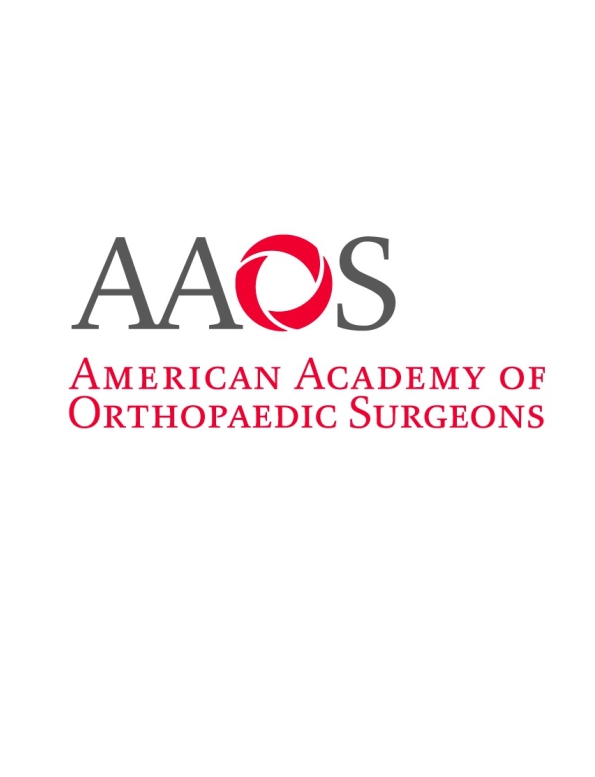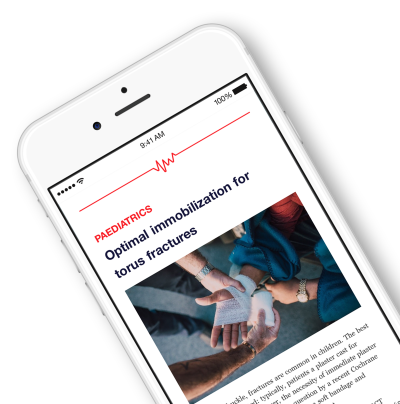
AAOS 2024: Locking Intramedullary Nails Vs Locking Plates for Proximal Humerus Fractures .
Locking intramedullary nails compared with locking plates for displaced three- and four-part proximal humerus fractures: a double-blinded randomized controlled trial with two-year follow-up of 76 patients
76 patients with displaced three or four-part proximal humerus fractures (PHF) were randomized to receive either a locking intramedullary nail or a locking plate. The main outcome measured was the difference in two-year Disability of the Arm, Shoulder, and Hand (DASH) scores, with secondary outcomes including Constant Score (CS), Oxford Shoulder Score (OSS), and the incidence of reoperations and complications. The results showed no statistical significance in two-year functional outcomes between the two groups. However, at six months, patients treated with nails had significantly worse CS scores and more complications than those treated with plates. There were more reoperations and incidences of avascular necrosis in the nail group.
Unlock the Full ACE Report
You have access to 4 more FREE articles this month.
Click below to unlock and view this ACE Reports
Unlock Now
Critical appraisals of the latest, high-impact randomized controlled trials and systematic reviews in orthopaedics
Access to OrthoEvidence podcast content, including collaborations with the Journal of Bone and Joint Surgery, interviews with internationally recognized surgeons, and roundtable discussions on orthopaedic news and topics
Subscription to The Pulse, a twice-weekly evidence-based newsletter designed to help you make better clinical decisions
Exclusive access to original content articles, including in-house systematic reviews, and articles on health research methods and hot orthopaedic topics































































